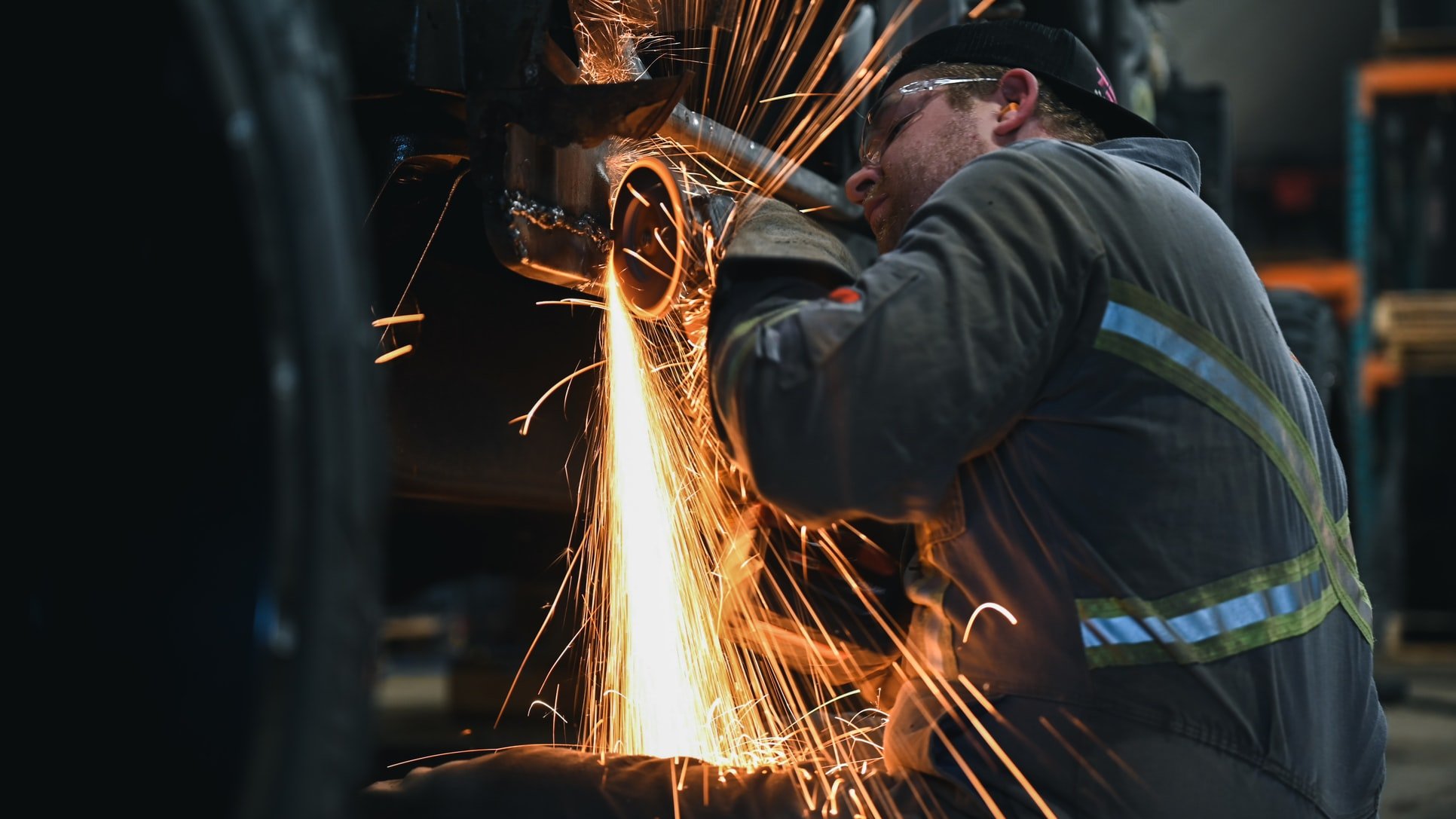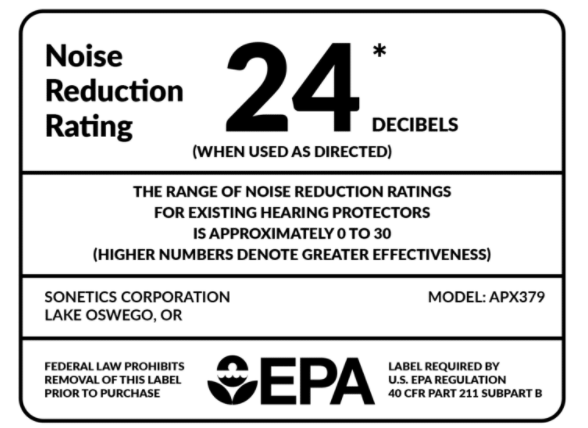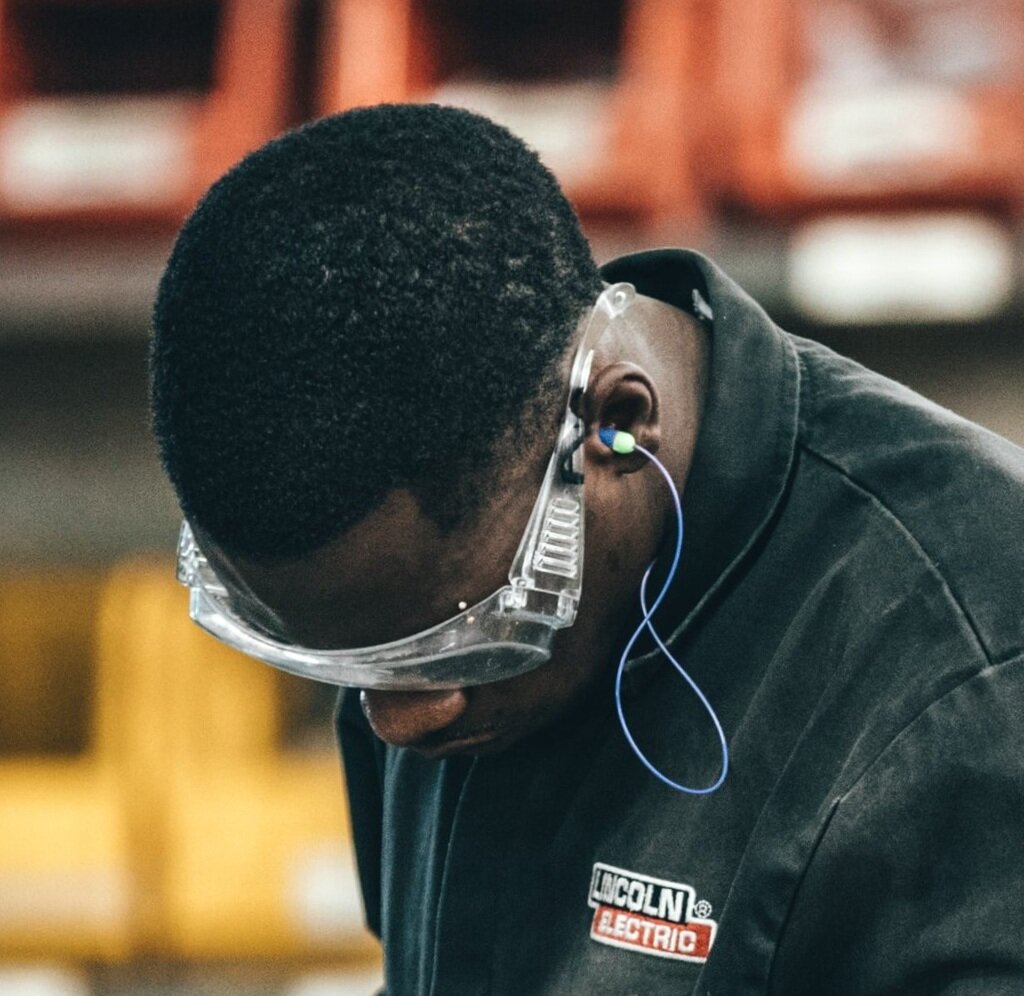3 Simple Ways to Improve Your Hearing Conservation Program
Hearing conservation programs are an essential part of any business’ health and safety protocols. A well established hearing conservation program will protect the hearing of employees throughout their careers. Hearing loss from noise can take decades to develop and is preventable with appropriate measures in place. Therefore, a well planned hearing conservation program will ensure the protection of the employees for years to come.
Here are three simple ways to improve your hearing conservation program:
Evaluate noise levels
Review hearing protection
Provide training and education
1) Evaluate your noise levels
A good hearing conservation program should always begin with an assessment of the workplace noise levels. This assessment should be conducted in accordance with noise regulations of your jurisdiction. While it is recommended to conduct a professional noise survey, there is a simple way to estimate your noise levels.
Estimate noise levels using a free sound level meter app.
Sound level meter apps are available for both iOS and Android devices. These handy apps give users the ability to measure sound levels. Because they aren’t calibrated, they can be used as a way to estimate noise levels in a given area, but understanding that they are not accurate enough to make important Health and Safety decisions or ensure compliance with noise regulations.
Sound level meter apps should only be used as a rough estimate of noise levels.
If you measure estimated noise levels in excess of 75 dBA, it would be recommended to have a professional noise survey conducted.
NIOSH Sound Level Meter App - Available for free for iOS.
A more thorough noise survey is conducted using a Type I or Type II Sound Level Meter or utilizing dosimetry to monitor noise dosages of employees throughout their shifts. This method will provide noise measurements in accordance to noise regulations.
Learn more about our noise surveys:
2) Evaluate your Hearing Protection
Hearing protection in the workplace is often selected based on availability and cost.
Here are some considerations for selecting the most appropriate hearing protectors:
Attenuation
Comfort
Compatibility with other PPE
Communication needs
Each jurisdiction will have resources outlining how to select appropriate hearing protection. The amount of attenuation is the most important factor. Selecting an appropriate amount of attenuation will ensure employees are protected against noise levels identified from your noise survey. You can learn more from the CCHOS website, or learn about our custom earplugs.
The second most important factor is comfort. Poor comfort often leads to employees not using their hearing protection. One way to evaluate the comfort is through the Earplug Comfort Index. This questionnaire is a quick way to determine whether your employees find their current hearing protectors uncomfortable or difficult to use.
3) Train employees about the dangers of noise
One of the easiest methods to improve your hearing conservation program is by adding annual training. Ensuring employees understand the importance of protecting their hearing and recognizing the dangers of noise is crucial to having an effective hearing conservation program.
Some topics for employers offering annual training may include:
How loud is too loud?
How noise damages our hearing
How to use hearing protection
Why regular hearing testing is important
To learn more about our Training and Education, please click the following link:
Overall, creating a safer work environment is as simple as 1, 2, 3.
Measure and understand your noise levels
Select the appropriate hearing protectors
Train your employees
Read more of our blog posts to continue learning how to improve your hearing conservation program
Find out more about our services and how we can help you create a safer workplace.











